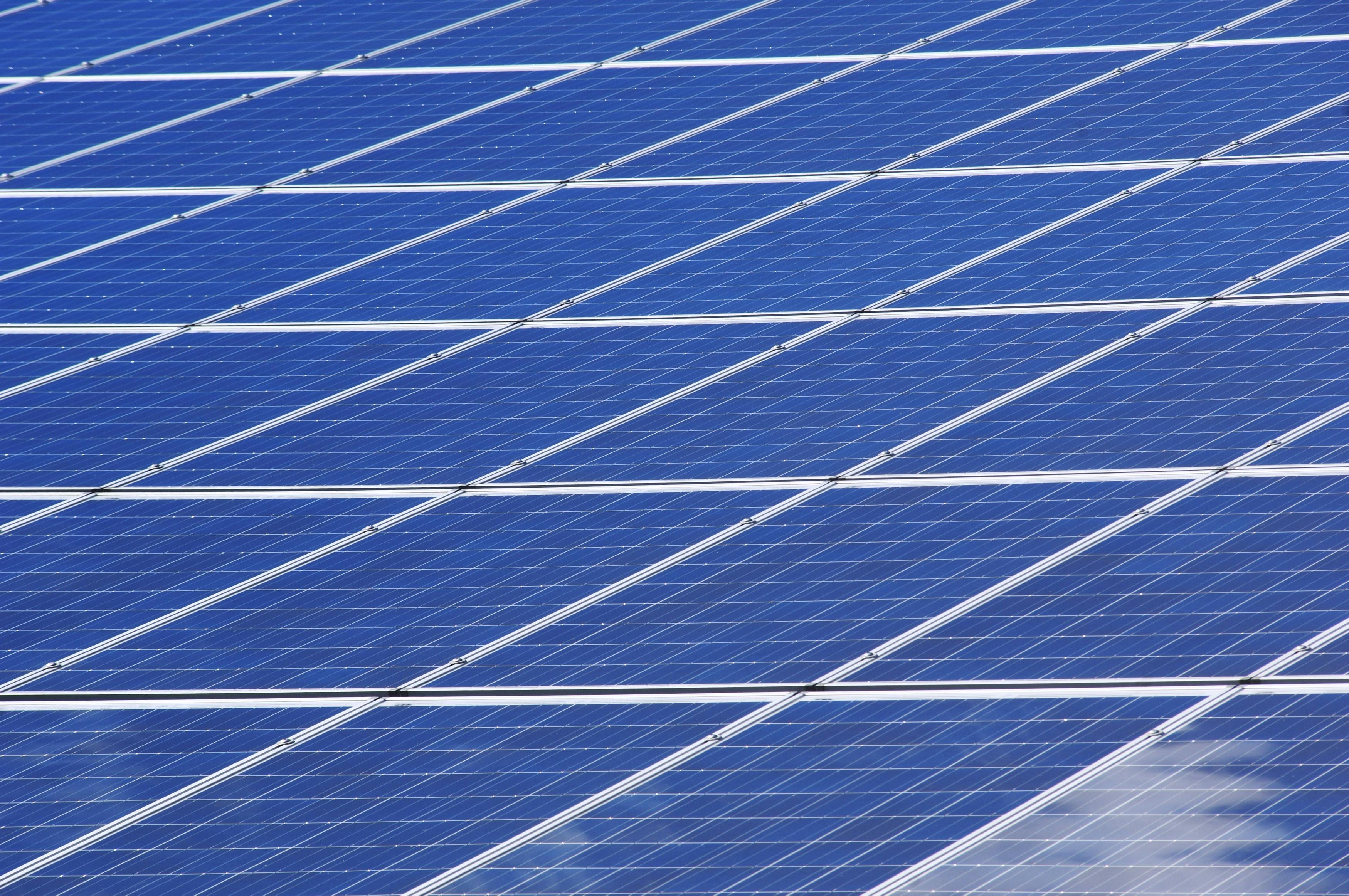Exploring Solar Panels: A Renewable Option for Homes and Businesses
Solar power has emerged as a viable renewable energy solution for both residential and commercial applications. As climate concerns grow and energy prices fluctuate, many property owners are considering solar panels as an alternative to conventional electricity sources. This sustainable technology harnesses the sun's energy and converts it into usable electricity, offering environmental benefits while potentially reducing long-term energy costs for homes and businesses across India.

Solar panels represent one of the most practical renewable energy technologies available today, offering both environmental benefits and potential cost savings. As climate concerns grow and technology advances, more homeowners and businesses are considering solar power as a viable alternative to traditional electricity sources. This article explores the fundamentals of solar panel systems, their benefits and limitations, and important considerations before making the investment.
How Solar Panels Work
Solar panels operate on the photovoltaic effect, where semiconducting materials like silicon generate an electric current when exposed to sunlight. The typical solar panel contains numerous photovoltaic cells that absorb photons from sunlight, causing electrons to be set in motion and creating an electric flow. This direct current (DC) electricity is then converted to alternating current (AC) through an inverter, making it compatible with standard electrical systems in homes and businesses.
Modern solar panels typically fall into three categories: monocrystalline, polycrystalline, and thin-film. Monocrystalline panels offer the highest efficiency rates (typically 15-22%) and longest lifespan, though at a higher cost. Polycrystalline panels provide a more affordable option with slightly lower efficiency (13-16%), while thin-film panels are the least efficient but offer flexibility in installation and can perform better in high-temperature environments.
Factors to Consider Before Installation
Before investing in solar panels, several important factors should be evaluated. Roof condition, orientation, and shading are primary considerations, as an ideal installation requires a sturdy roof with significant south-facing (in the Northern Hemisphere) exposure and minimal shade throughout the day. Local climate patterns also affect potential energy production—while solar panels work even in cloudy conditions, they generate maximum output in areas with abundant sunshine.
Regulatory aspects also merit attention. Local building codes, homeowner association rules, and permit requirements can impact installation. Additionally, understanding available incentives like tax credits, rebates, and net metering policies is crucial, as these can significantly reduce the overall investment cost and improve return on investment timelines. Property owners should also consider system sizing based on their energy consumption patterns to ensure the installation meets their needs effectively.
Solar Panels vs. Conventional Power
Compared to conventional electricity sources, solar power offers several distinct advantages. Perhaps most significantly, solar energy produces no direct greenhouse gas emissions during operation, making it an environmentally friendly alternative to fossil fuels. Solar systems also provide energy independence, reducing vulnerability to utility price fluctuations and power outages when paired with battery storage systems.
However, conventional power sources still maintain certain advantages. Traditional grid electricity offers reliability without weather dependence and requires no upfront investment from consumers. Solar power generation is intermittent, producing energy only during daylight hours unless paired with battery storage systems, which add significant cost. The initial investment for solar installation remains substantial despite decreasing prices, creating a financial barrier for many potential adopters.
Cost Considerations for Solar Panel Installation
The economics of solar panel installation involve several components. The upfront cost typically includes the panels themselves, inverters, mounting equipment, wiring, installation labor, and potentially battery storage systems. For a typical residential installation in India, system costs range from approximately ₹40,000 to ₹60,000 per kW of installed capacity, with most homes requiring 3-10 kW systems depending on energy needs and available space.
However, various financial incentives can offset these costs. The Indian government offers subsidies through programs like the Solar Rooftop Subsidy Scheme, which can reduce initial expenses by 20-40% for residential installations. Additionally, net metering arrangements allow system owners to sell excess electricity back to the grid, improving the long-term economics of the installation.
| System Size | Approximate Cost (Before Subsidies) | Estimated Annual Production | Typical Payback Period |
|---|---|---|---|
| 3 kW | ₹1,20,000 - ₹1,80,000 | 4,200 - 4,800 kWh | 5-7 years |
| 5 kW | ₹2,00,000 - ₹3,00,000 | 7,000 - 8,000 kWh | 5-7 years |
| 10 kW | ₹4,00,000 - ₹6,00,000 | 14,000 - 16,000 kWh | 4-6 years |
Prices, rates, or cost estimates mentioned in this article are based on the latest available information but may change over time. Independent research is advised before making financial decisions.
Key Takeaways
Solar panel systems represent a significant but potentially rewarding investment for both homes and businesses. The technology continues to improve in efficiency while decreasing in cost, making renewable energy increasingly accessible. For many property owners, solar panels offer a path to reduced electricity bills over the long term, particularly in regions with high electricity rates or generous solar incentives.
Environmental benefits remain a primary motivation for many adopters, as solar energy significantly reduces carbon footprints compared to conventional electricity sources. However, the decision to install solar panels should be based on careful analysis of local conditions, available incentives, energy needs, and financial considerations. With proper planning and realistic expectations, solar power can provide a reliable, sustainable energy solution that delivers both economic and environmental benefits for decades.




